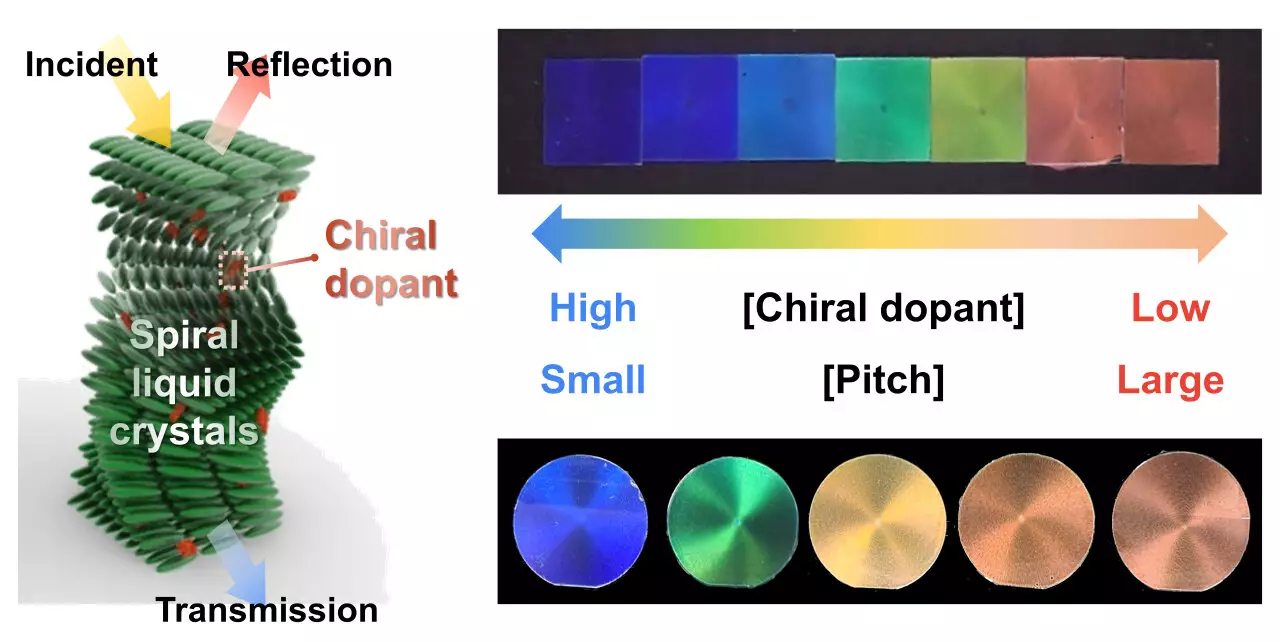Dr. Jin Gu, Kang and his team at the Nanophotonics Research Center at the Korea Institute of Science and Technology (KIST) have made a significant breakthrough in the field of radiative cooling technology. This new development involves the creation of a colorful radiation-cooling liquid crystal material that not only cools without the need for external power but also emits color simultaneously.
Radiative cooling is a cutting-edge cooling technology that eliminates the need for electricity by releasing heat in the form of infrared radiation through the atmospheric window, which results in a reduction in temperatures. This eco-friendly cooling technology has the potential to revolutionize how we cool our surroundings, offering an alternative to power-hungry air conditioners.
While traditional radiative cooling materials are white to reduce sunlight absorption and provide effective cooling, they are limited in applications where aesthetics are crucial, such as in buildings or vehicles. The development of colored radiative cooling materials has therefore gained traction, as they offer both cooling benefits and aesthetic appeal.
The team at KIST addressed the challenge of achieving distinct colors in radiative cooling materials by creating bent spiral liquid crystal photonic crystals. By using a commercial liquid crystal (LC242) that forms colored photonic crystals through its periodic structure when aligned into a spiral, the researchers were able to produce vivid colors that do not change with viewing angle.
Combining the colored radiation-cooling liquid crystal material with transparent and metallic films, the team achieved a substantial temperature reduction compared to conventional colored paint. This innovative material could have applications in reducing air conditioning consumption in buildings and vehicles while offering power-free cooling for outdoor recreational items and military tents.
The development of the colorful radiation-cooling liquid crystal material marks a significant advancement in the field of radiative cooling technology. Its low-cost and straightforward fabrication process make it a promising solution for addressing the need for efficient cooling with aesthetic appeal. With further research and development, this breakthrough could pave the way for a more sustainable and visually pleasing cooling technology in the future.


Leave a Reply